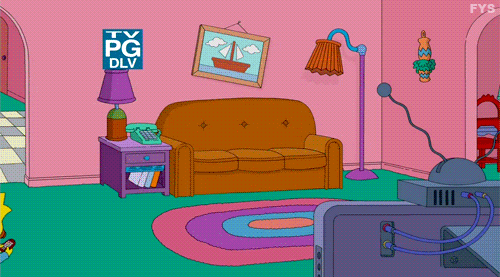Analysts never tire of repeating: users do not want to pay money for games. Here are some tips from the application developer company Yudiz Solutions on how to monetize the project so as not to scare off the player, but also not to stay broke.
It’s all about advertising
Advertising should be personalized and relevant. You need to position it so that it does not annoy the user, but at the same time it is not completely invisible. Do not bombard your player with hundreds of banners per minute – this will have a bad effect on reviews.
In-game purchases are evil (actually, no)
Microtransactions are a common way to increase project revenue. Players are happy to buy anything that improves their character or opens access to hidden “treasures”. It is important to keep a balance and make sure that the user gets a positive experience, not a negative one.
Don’t overdo it
You need to decide on monetization at the stage when you decide whether your project will be paid or free. If it’s difficult for you to choose, start with a free project with IAP enabled.
Important: do not try to sit on two chairs at once – do not sell a paid application with built-in advertising. When a user pays for his game, he expects that he will get at least freedom from annoying banners for his money.
User engagement
Engagement is one of the most important characteristics of a mobile game (and indeed, any other).
Here are a few ways to boost it:
automation: let the process of filling out different forms (address, name, etc.) be automated as much as possible. Do not force the player to type the necessary words letter by letter – and get angry about it.
visibility: icons and images play a major role in understanding the game, they convey information much faster than words. In addition, the language of the images does not need to be translated.
convenience: it is important to understand what your project is and how it will fit into the player’s life. For this (even before development!) you need to answer the following questions:
- Who are your players?
- How much time do they spend playing?
- How long will they be able to play without a break?
positive gaming experience: users spend their time and effort on the game. The gaming experience should be meaningful and interesting.
the ability to skip the training part: it is always better to let the user figure it out for himself – that is, to provide him with a sufficiently low entry threshold. Long instructions at the start are a sure way to scare the player away. Let him learn as the game progresses.
create an updatable gaming experience: let the user go further with each attempt – no need to force him to see the same scenery every time he starts the game.
And finally, an interesting gaming experience and up-to-date design are the necessary components of a successful game. Make sure that feedback from the players is established – this will help you develop your game in the right direction.
A source: http://venturebeat.com
Other materials on the topic:







